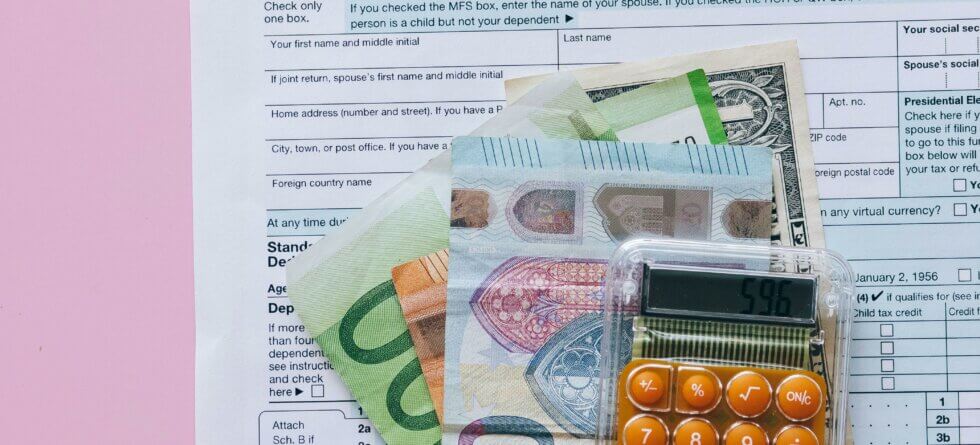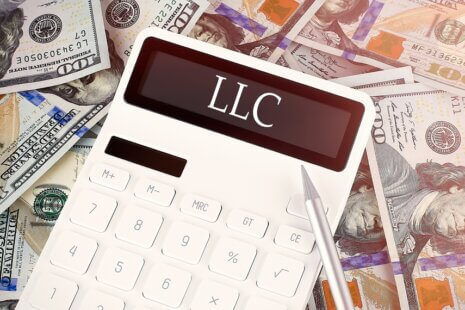The federal taxes on $30,000 depend on various factors, including your filing status, deductions, credits, and other taxable income.
Here is a general overview of how federal income taxes might apply to $30,000 in taxable income for a single filer in tax year 2023, assuming no other sources of income or deductions besides the standard deduction…
For a single filer with $30,000 in taxable income…
- Determine Adjusted Gross Income (AGI) – AGI is your total income minus certain adjustments such as contributions to retirement accounts or health savings accounts. For simplicity, let’s assume AGI is the same as taxable income in this case.
- Apply Standard Deduction – For tax year 2023, the standard deduction for a single filer is $13,900. Subtract this amount from your AGI to determine your taxable income.$30,000 (Taxable Income) – $13,900 (Standard Deduction) = $16,100 (Taxable Income after Deduction)
- Calculate Tax Using Tax Brackets – Tax rates are progressive, meaning different portions of your income are taxed at different rates. For tax year 2023, the tax brackets for single filers are as follows:
- 10% on income up to $10,275
- 12% on income between $10,276 and $41,775
For $16,100 in taxable income after the standard deduction, the tax calculation would be:
10% of ($16,100 – $10,275) = $582.50
So, the federal income tax liability would be approximately $582.50.
- Consider Other Taxes and Credits – In addition to federal income tax, individuals may also owe other taxes such as self-employment tax, if applicable, and may be eligible for various tax credits which can further reduce tax liability.
Please note that this is a simplified example and actual tax calculations may vary based on individual circumstances, deductions, credits, and changes in tax laws. It’s always advisable to consult with a tax professional or use tax preparation software to accurately determine your tax liability.




